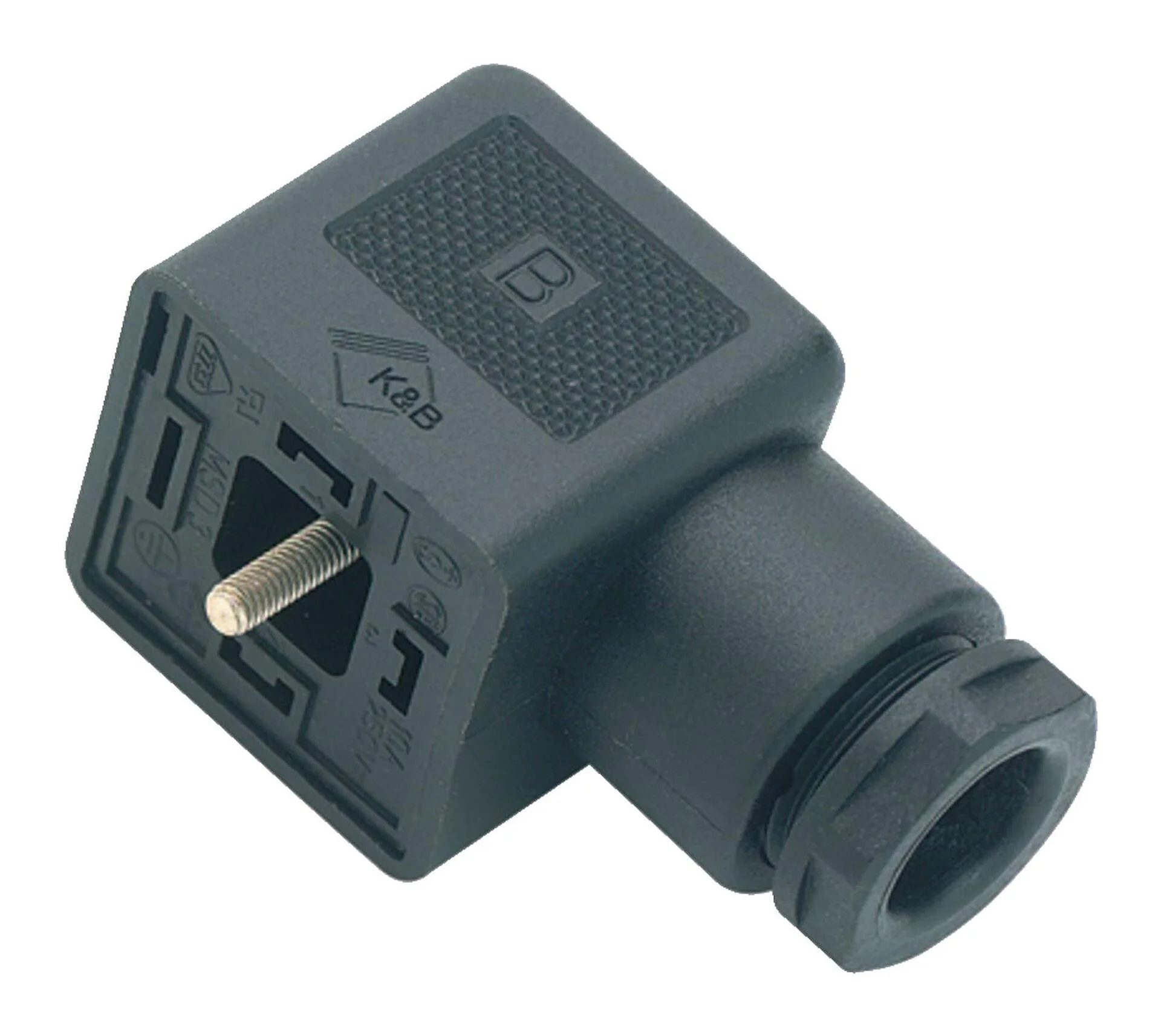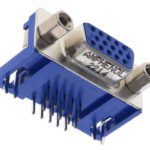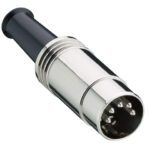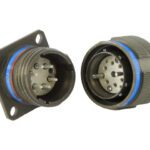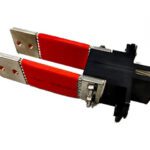What are DIN Valve Connectors?
Meet the Connector: DIN Valve Connectors
DIN valve connectors are essential components in industrial automation and control systems, providing a standardized interface for connecting solenoid valves and other devices to control systems. These leak-proof connectors help control the flow of fluids or gases in response to signals from the control system and are widely specified for fluidic and hydraulic applications. They are sometimes called DIN quick-connect connectors.
Their compact and robust design allows DIN valve connectors to withstand harsh industrial environments. They are molded from durable materials, such as brass, stainless steel, polyurethane, or thermoplastic, providing protection against chemicals, moisture, and mechanical stress. The connectors often come with an integrated cable, eliminating the need for additional wiring and simplifying installation.
The valve connector was developed in Germany in the early 1900s for use in pneumatic and hydraulic systems, but now is used in a wide variety of applications.
Markets
Industrial, Medical
DIN valve connectors are used various applications, particularly those that involve air, gases, or fluids. They are integral to medical devices, food and beverage processing equipment, CNC and machine tools, robotics, 3D printing, and assembly lines.
Standardization
The German standard DIN 2353 (known today as EN 175301-803) was published in 1932 and it is still used today as the basis for the design and manufacture of DIN valve connectors. The term “DIN” refers to the German Institute for Standardization (Deutsches Institut für Normung e.V.).
The standardization of DIN valve connectors ensures that devices from different manufacturers can be easily integrated into a system and the standardized pin configuration simplifies installation and maintenance, reducing errors and minimizing downtime.
Design Notes
Electrical properties: DIN valve connectors typically accommodate voltages ranging from 12V to 240V and current ratings up to several amps.
Mounting: Typically screw-type
Environmental conditions: IP65 or greater, varying temperature range
The most common types are DIN 43650 Form A, Form B, and Form C connectors. Each form has a specific number of pins arranged in a standardized pattern, ensuring compatibility between connectors and devices. These connectors are used for connecting electrical cables to valves, actuators, and other industrial equipment. They are available in a variety of sizes and configurations to meet the specific needs of the application.
DIN 43651 connectors are used for connecting electrical cables to sensors and other instrumentation. They are smaller and lighter than DIN 43650 connectors, making them ideal for use in applications where space is limited.
DIN 43652 connectors are used for connecting electrical cables to power supplies and other distribution equipment. They are available in a variety of sizes and configurations to handle a wide range of currents and voltages.
Suppliers
binder, Molex, Phoenix Contact, TE Connectivity (from RS), Hirschmann (from DigiKey), McMaster-Carr, ODU
Related products
Solenoid connectors
Like this article? Check out our other Meet the Connector and Automation articles, our Industrial Market Page, and our 2023 Article Archive.
Subscribe to our weekly e-newsletters, follow us on LinkedIn, Twitter, and Facebook, and check out our eBook archives for more applicable, expert-informed connectivity content.
- Where in the World is Amphenol LTW’s Luc Kan? - April 23, 2024
- TE Connectivity’s Sustainability Efforts Pay Off - April 23, 2024
- What is a VGA Connector? - April 23, 2024
